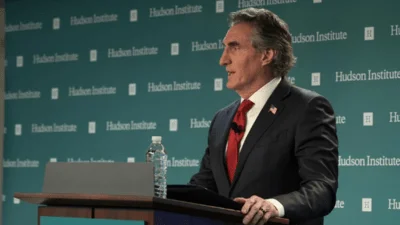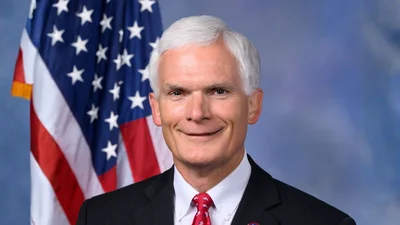The U.S. Environmental Protection Agency unveiled a draft strategy to eliminate the release of plastic and other waste into the environment from land-based sources by 2040.
The National Strategy to Prevent Plastic Pollution draft identifies three objectives: reducing pollution during plastic production, improving post-use materials management and preventing trash and micro/nanoplastics from entering waterways and removing escaped trash from the environment, according to an April 21 news release.
“Plastic pollution negatively impacts our environment and public health with underserved and overburdened communities hit hardest,” EPA Administrator Michael Regan said in the release.
The release of the draft strategy coincided with Earth Week and the creation of a new White House Interagency Policy Committee on Plastic Pollution and a Circular Economy, the release reported. The IPC will coordinate federal efforts on plastic pollution, prioritizing public health, economic development, environmental justice and equity to ensure that the benefits of acting on plastic pollution are available to all.
Examples of actions in the draft strategy include improving the design of plastic products, producing fewer single-use, unrecyclable and frequently littered plastic products and increasing public awareness of ways to reduce plastic and other trash in waterways, according to the release.
Congress passed the bipartisan Save Our Seas 2.0 Act, which requires the EPA to develop a strategy to reduce plastic waste and other post-consumer materials in waterways and oceans, the release said. The National Strategy to Prevent Plastic Pollution fulfills this mandate and identifies strategic objectives and voluntary actions all U.S. organizations can implement to reduce, reuse, collect and prevent plastic and other waste from entering the environment.
The strategy targets post-consumer materials – especially those items that are leaked or littered – and recognizes the harmful impacts associated with the production, manufacture and transport of plastic products on communities, according to the release.
The EPA is also inviting public comments on the draft report and expects to finalize the strategy by the end of the year, the release reported.





